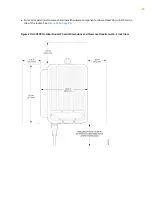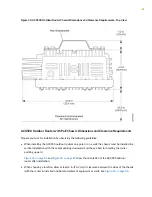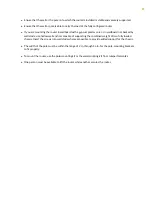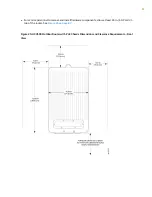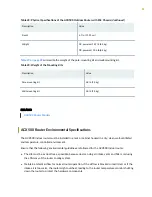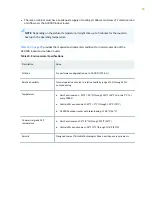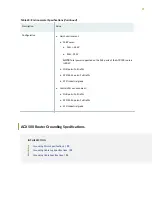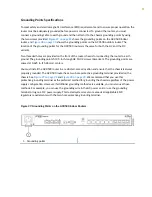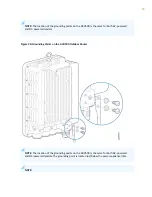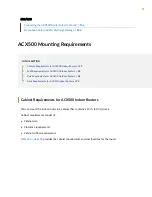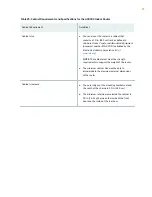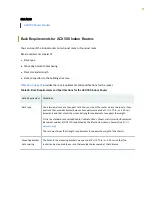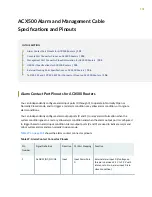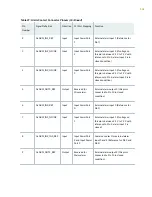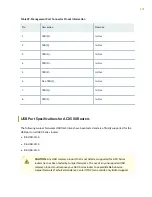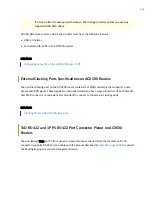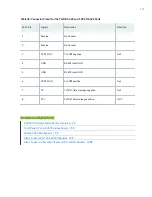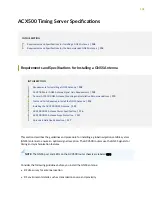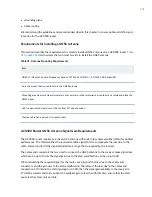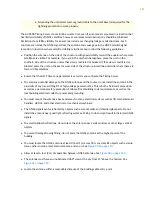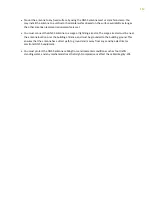
Table 25: Cabinet Requirements and Specifications for the ACX500 Indoor Router
(Continued)
Cabinet Requirement
Guidelines
Cabinet airflow requirements
When you mount the router in a cabinet, ensure that
ventilation through the cabinet is sufficient to prevent
overheating.
•
Ensure an adequate cool air supply to dissipate the
thermal output of the router or routers.
•
When deploying the router in harsh environments,
allow a 1–rack unit (U) gap above and below the
router.
•
Minimum 1 meter/second airflow in any direction
•
Ensure that the cabinet allows the hot exhaust air
from the chassis to exit the cabinet without
recirculating into the router. An open cabinet
(without a top or doors) that employs hot air
exhaust extraction from the top allows the best
airflow through the chassis. If the cabinet contains
a top or doors, perforations in these elements
assist with removing the hot air exhaust.
•
Install the router in the cabinet in a way that
maximizes the open space on the side of the
chassis that has the hot air exhaust. This space
maximizes the clearance for critical airflow.
•
Route and dress all cables to minimize the
blockage of airflow to and from the chassis.
•
Ensure that the spacing of rails and adjacent
cabinets allows for the proper clearance around
the router and cabinet.
•
A cabinet larger than the minimum required
provides better airflow and reduces the chance of
overheating.
SEE ALSO
Installing and Connecting an ACX500 Indoor Router Overview | 123
97

